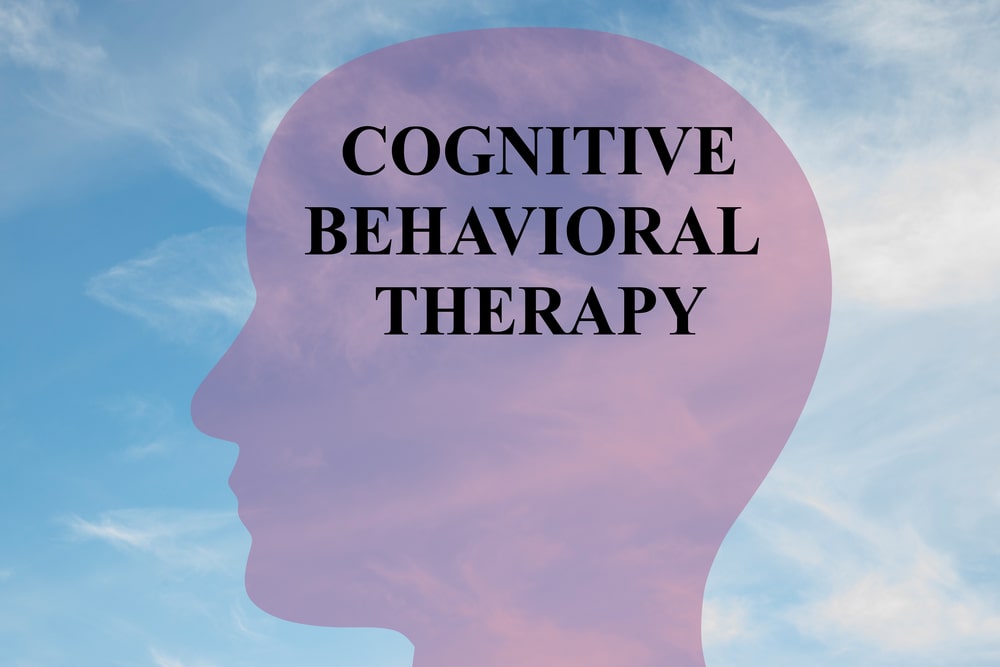Anxiety is an increasingly common mental health issue that can cause a great deal of distress and disruption in a person’s life. Cognitive behavioral therapy (CBT) is an effective treatment option for managing anxiety.
By understanding the core strategies of CBT and how to apply them to anxiety, anxiety therapists can better equip their clients with the tools to effectively manage their anxiety.

Image Source: Google
CBT is a form of psychotherapy that focuses on examining the relationships between thoughts, feelings, and behaviors. By examining the patterns of thought-feeling behavior, it is possible to identify and challenge unhelpful thoughts and behaviors that can contribute to anxiety.
This helps to create a more balanced, positive outlook and can reduce feelings of anxiety. When working with clients to manage anxiety, it is important to help them understand their anxiety triggers.
This includes understanding what thoughts, feelings, and behaviors can lead to an increase in anxiety. Once these triggers are identified, the therapist and client can then work together to identify more helpful thoughts, feelings, and behaviors that can help to reduce anxiety.
It is also important to help clients learn how to better manage their emotions. This can include techniques such as deep breathing, progressive muscle relaxation, and mindfulness. These techniques can help to reduce feelings of anxiety and can be used in a variety of settings.
Finally, therapists should also help clients to develop a plan for managing anxiety. This can include setting realistic goals, developing a support system, and creating a plan for dealing with anxiety triggers. This plan should be tailored to each individual client and should be adjusted as needed.